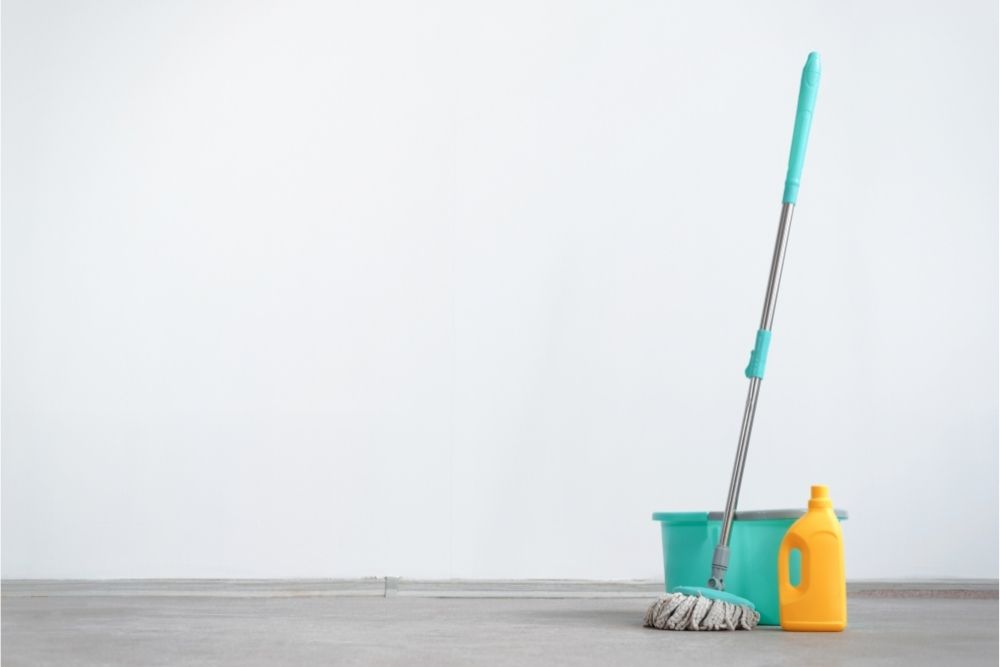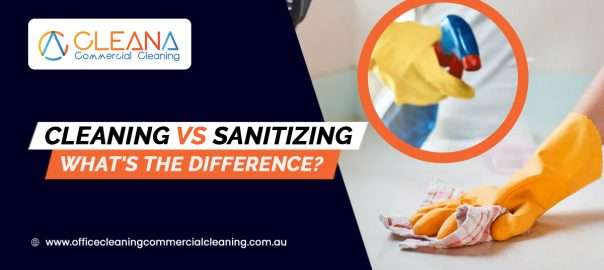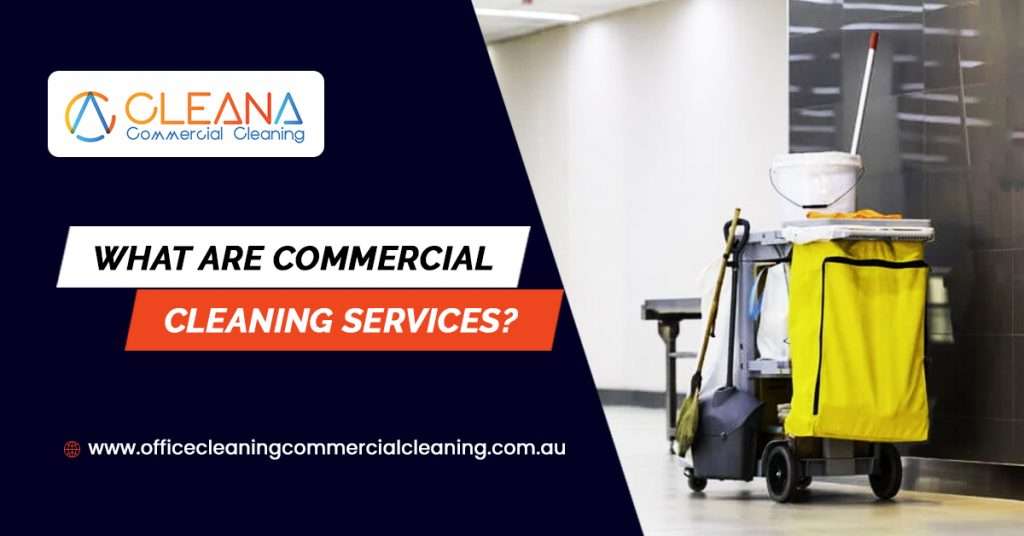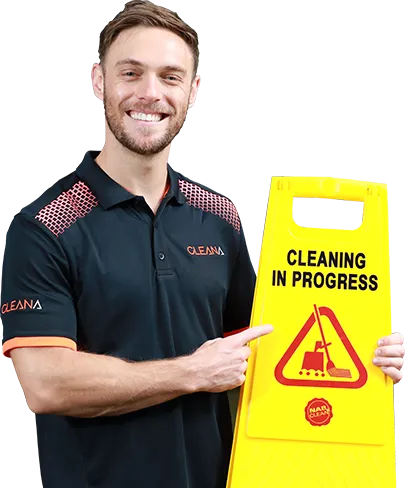Cleaning is an important part of everyday life, whether it’s at home, in the kitchen, in the workplace, or other. Things need to be kept free from dirt so that they are comfortable, safe, and hygienic. And in some places, it’s important for health and safety reasons too, so it becomes even more vital!
But here’s something that you need to know, there are different types of cleaning. Or rather, cleaning is the general term, but there are other things you can and should do depending on where you are cleaning and for what purpose.
For example, cleaning isn’t the same as sanitizing. And a lot of people use these two words interchangeably, but they mean different things!
You might be wondering what the difference between cleaning and sanitizing is since they can easily come across as the same thing. In fact, in most processes, you can use similar products and methods. So what’s the difference? And are there specific situations in which one or the other should be used?
We, CLEANA commercial cleaning services company will tell you everything you need to know and clarify exactly how cleaning and sanitizing are different. So if that sounds like something you want to learn about…stick around!
Cleaning Vs Sanitizing
Cleaning and sanitizing might be used interchangeably when speaking, and many people associate them as being the same thing, or basically two things that always work in tandem, but in reality, they are two separate procedures.
Cleaning is the process of removing any visible dirt, debris, and dust from a surface area. So it’s wiping down a surface and ensuring that there is nothing visible on it.
Sanitizing, on the other hand, is the process of removing dirt contaminants and bacteria that are not necessarily visible, so that the surface is sanitary, and there is nothing on it that could potentially harm your health.
So cleaning removes visible dirt to make a surface clean, and sanitizing removes the pathogens to make the surface safe, or “sanitary”.
For example, cleaning a dining table would include things such as wiping it down, removing any pieces of leftover food and crumbs, as well as washing it down so that it looks nice and clean and shiny once more.
But sanitizing the table would include things such as using disinfectant products, which are designed to reduce the number of growing bacteria on the surface, which are not visible, but that is there regardless.
And on a surface such as a dining table, since it’s designed for eating food, and therefore needs to be safe, you would do both: clean AND sanitize. This is why most people confuse both things because they are often used together, to get the best possible results of both cleanliness and sanitary conditions.
But for example, when you sweep the floor? That’s just cleaning. When do you wash dishes? That’s both cleaning and sanitizing.
As a rule of thumb, every time you sanitize you first clean because the surface needs to be clean before you are able to properly sanitize. But cleaning doesn’t always also include sanitizing, does that make sense?
But anyway, cleaning is removing dirt from a surface, and sanitizing is removing bacteria and pathogens from a surface to make it safe. That’s basically what you need to know, and how to sum it up.
Can You Clean AND Sanitize?
Okay, so since cleaning and sanitizing are two different things, you might be wondering if there is a time and place for each, and whether they should ever be done together, or as completely different procedures. But the answer completely depends on the situation, the surface in question, and what it is you want to accomplish.
You don’t necessarily have to both clean and sanitize, but a lot of the time, these two different procedures go hand in hand, one after the other, as they then achieve the best results.
If you want a surface to be clean of any visible dirt, stains, and debris, then all you have to do is clean it. No need to sanitize. But if you want that surface to then be safe, and free from any possible bacterial growths and pathogens, then you need to sanitize it.
Whenever you sanitize, because the surface needs to be safe, you will first have to clean. This is because, in order to sanitize a surface, the surface first needs to be free of any dirt and debris and to do this you need to clean it.
But if a surface only needs to be cleaned, then there’s no need to sanitize, although most of the time there is no harm in doing so, just to give it that little extra.
Just remember, that if you want to sanitize, you first have to clean, as the cleaning has to come first every time.

There are some surfaces on which sanitizing isn’t really necessary, such as the floors, doors, windows, chairs, and similar. They need to be cleaned every so often, yes, but they don’t exactly need to be safe and free of bacteria, because it’s not like you’re going to be eating off of it, you know?
But other surfaces, such as surfaces within the kitchen, for example, absolutely need to be sanitized because this is where you handle food, which if contaminated, could endanger your health.
When To Clean And When To Sanitize
Okay, so cleaning and sanitizing are different, but often they are used together, one after the other. You can clean, and not sanitize, but if you sanitize you first have to clean. All clear up until there? Good.
You might be wondering, when exactly you should do one, or the other. And by one we mean cleaning, and by the other, we mean cleaning and sanitizing (since you can’t just sanitize unless the surface is already clean).
And honestly? It’s usually quite obvious. You only clean when it’s surfaced so that don’t risk your health and safety. And you have to sanitize when it comes to surfaces in which bacteria and contamination would affect your health, due to handling food or being exposed.
So the kitchen and the bathroom, for example, you need to sanitize. Same with some parts of your bedroom. For most other surfaces…cleaning will do (although you can also sanitize if you want).
Basically, you clean when you only want to remove visible dirt, debris, and dust. And you sanitize when you want to ensure that the surface is safe and sanitary, with no growing bacteria or pathogens that might contaminate what you place on said surface. The rest is up to you!


